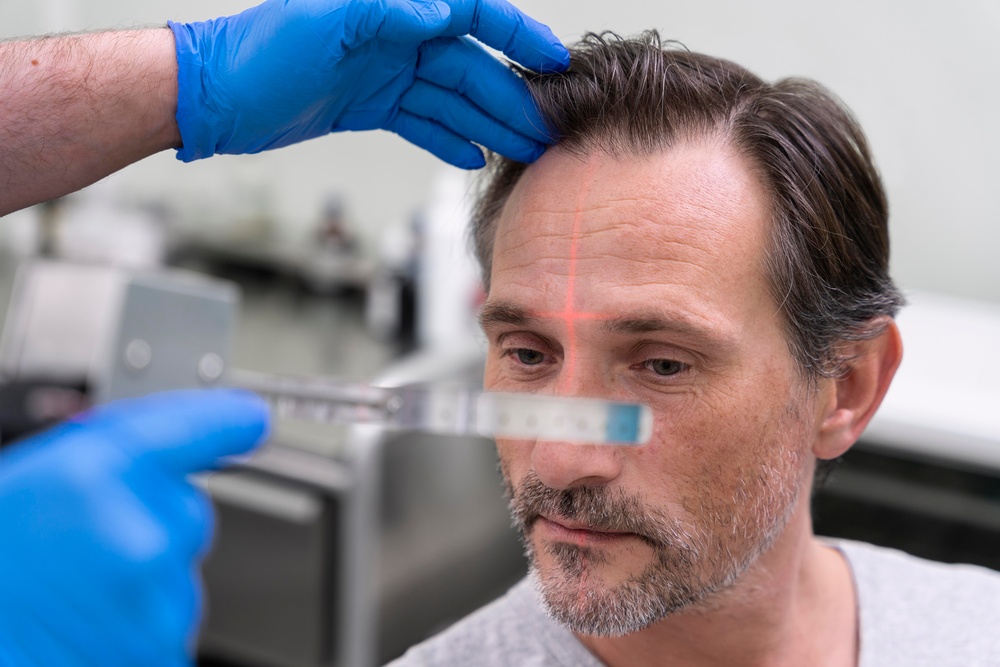
Hair transplants have become an increasingly popular solution for individuals struggling with hair loss. Whether it’s a FUT hair transplant, a beard transplant, or an eyebrow transplant, people seek long-term and natural-looking results. One of the most common questions is: Are hair transplants permanent?
In this article, we will explore the longevity of hair transplants, factors affecting their durability, and how to maintain optimal results.
Understanding Hair Transplant Permanency
A hair transplant is a surgical procedure where hair follicles from a donor area (typically the back of the head) are transplanted into areas with thinning or no hair. The transplanted hair is resistant to hair loss, making the procedure a long-term solution. However, understanding the factors that influence its permanency is crucial.
1. Types of Hair Transplants
Hair transplants come in different types, each suited for specific needs:
FUT Hair Transplant (Follicular Unit Transplantation)
The FUT hair transplant technique involves removing a strip of scalp from the donor area and extracting hair follicles to be implanted in the recipient area. This method is known for providing a high yield of hair grafts and is effective for those seeking dense coverage.
Beard Transplant
A beard transplant is ideal for men who struggle with patchy or thin facial hair. Hair follicles are taken from the scalp and transplanted to the beard area, ensuring a natural appearance. The results are typically long-lasting, provided proper post-surgical care is followed.
Eyebrow Transplant
For individuals with thinning or sparse eyebrows, an eyebrow transplant offers a permanent solution. The procedure involves transplanting fine hair follicles to create fuller and well-shaped eyebrows.
2. How Long Do Hair Transplants Last?
The longevity of a hair transplant depends on several factors, including:
-
Genetics – Since transplanted hair is resistant to baldness, it remains permanent. However, natural hair loss may continue in non-transplanted areas.
-
Technique Used – A FUT hair transplant generally provides a more stable and dense outcome, whereas an FUE (Follicular Unit Extraction) transplant may require multiple sessions over time.
-
Post-Operative Care – Following the right care routine ensures that the transplanted hair remains healthy and robust.
-
Lifestyle and Health Factors – Poor diet, smoking, and stress can negatively impact the transplanted hair’s longevity.
3. Post-Transplant Care for Long-Term Results
To maintain the results of a hair transplant UK, follow these essential aftercare tips:
Immediate Post-Surgery Care
-
Avoid touching or scratching the transplanted area to prevent dislodging grafts.
-
Sleep with your head elevated to reduce swelling.
-
Follow prescribed medications and antibiotics to prevent infections.
Long-Term Maintenance
-
Use mild, sulfate-free shampoos to cleanse the scalp without causing irritation.
-
Maintain a healthy diet rich in vitamins and minerals to support hair growth.
-
Avoid smoking and excessive alcohol consumption as they can weaken hair follicles.
-
Reduce stress through relaxation techniques, as stress can contribute to hair loss.
4. Common Myths About Hair Transplant Permanency
There are several misconceptions about hair transplants that need to be debunked:
Myth 1: Hair Transplants Fall Out Permanently Truth: Transplanted hair may shed within the first few weeks (shock loss), but this is temporary. New, healthy hair will grow in its place.
Myth 2: Transplanted Hair Requires Special Products to Stay Permanent Truth: While good scalp care is important, no special products are necessary to maintain transplanted hair beyond regular hygiene and care.
Myth 3: FUT Hair Transplant Results Look Artificial Truth: Advances in hair transplant techniques ensure a natural look when performed by an experienced specialist.
5. Choosing the Right Clinic for a Hair Transplant in the UK
If you are considering a hair transplant UK, selecting the right clinic is crucial. Look for:
-
Certified and experienced surgeons
-
Positive patient reviews
-
Before-and-after photos to assess results
-
A consultation to discuss expectations and procedure details
6. When to Consider a Second Hair Transplant
In some cases, individuals may require a second hair transplant. This may be due to:
-
Progression of natural hair loss in untreated areas
-
Unsatisfactory density after the first session
-
Corrective procedures for previous unsatisfactory transplants
Conclusion
A hair transplant UK, whether a FUT hair transplant, beard transplant, or eyebrow transplant, offers a permanent solution for hair loss when performed correctly and maintained properly. While the transplanted hair is typically long-lasting, following the right care routine is essential to enjoy lasting, natural-looking results.
If you are considering a hair transplant, consult a qualified specialist to discuss your options and ensure a successful outcome.





Leave a Reply